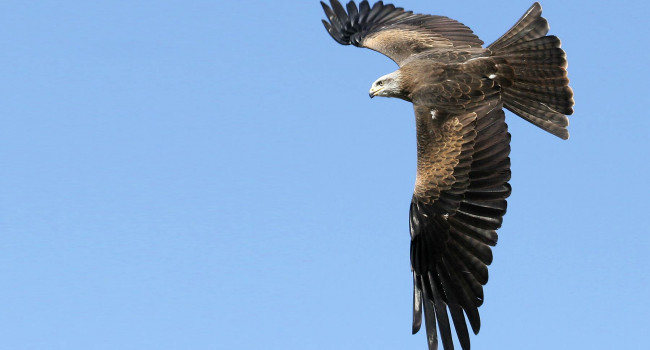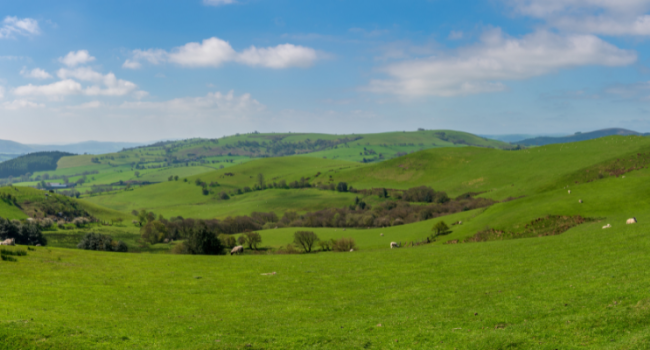Benefits of protected areas for nonbreeding waterbirds adjusting their distributions under climate warming
Author(s): Gaget, E., Pavón‐Jordán, D., Johnston, A., Lehikoinen, A., Hochachka, W.M., Sandercock, B.K., Soultan, A., Azafzaf, H., Bendjedda, N., Bino, T., Božič, L., Clausen, P., Dakki, M., Devos, K., Domsa, C., Encarnação, V., Erciyas‐Yavuz, K., Faragó, S., Frost, T., Gaudard, C., Gosztonyi, L., Haas, F., Hornman, M., Langendoen, T., Ieronymidou, C., Kostyushin, V.A., Lewis, L.J., Lorentsen, S.-H., Luiujoe, L., Włodzimierz, L., Tibor, M., Mikuska Molina, B., Musilová, Z., Natykanets, V., Paquet, J.-Y., Petkov, N., Portolou, D., Ridzoň, J., Sayoud, S., Šćiban, M., Sniauksta, L., Stīpniece, A., Strebel, N., Teufelbauer, N., Topić, G., Uzunova, D., Vizi, A., Wahl, J., Zenatello, M. & Brommer, J.E.
Published: October 2020 Pages: 12pp
Journal: Conservation Biology Volume: 35
Digital Identifier No. (DOI): 10.1111/cobi.13648







Share this page